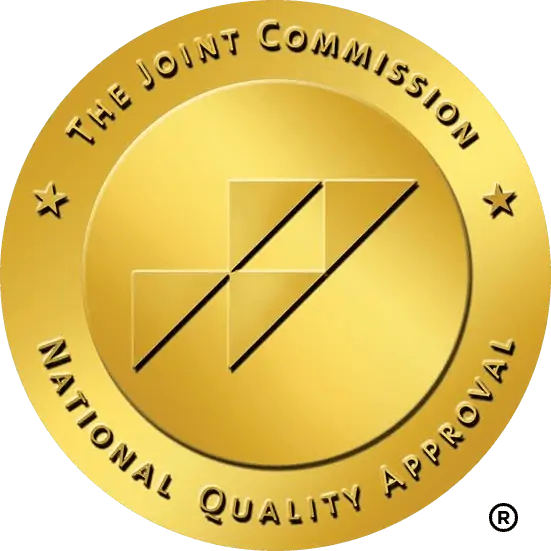The program provided an interactive overview of the current trends impacting the life of a teen today, the stressors and symptoms, and review the basic steps parents and teens can take to mitigate the negative impact of stress. There was also an opportunity to improve upon and practice communication basics essential for stress management.

A Center for Disease Control study on Childhood Stress with the U.S. Department of Health and Human Services, explains there are three types of stress: positive, tolerable and toxic. Toxic stress is chronic and can lead to health issues. According to the report updated in May 2011: “Toxic stress results from adverse experiences that may be sustained over a long period of time. This kind of stress can disrupt early brain development, compromise the functioning of important biological systems, and lead to long-term health problems.” Along those lines, consider texting and social media as an example of chronic teen stress that can be like peer pressure on steroids and inspire high anxiety.
Alan Baker is a founding member of CPY, and the chair of the Executive Steering Committee. “One of the things CPY has learned over the past decade is that substance abuse is a public health issue,” he said. “And helping youth and their parents pursue wellness [head, heart and body] is very strategic to achieve prevention objectives.”
CPY Director, Christina Ivazes has a Master’s Degree in Public Health with an emphasis on Community Health Education. Previously her training and background was in behavioral biofeedback (the biology of stress responses). She explains, “CPY hosts free quarterly workshops and/or forums for the Placer County region. We are working in collaboration with many agency partners to increase wellness.”
This article was previously published by the Examiner and Christina Ivazes, the new Director/Coordinator of Coalition for Placer Youth.








